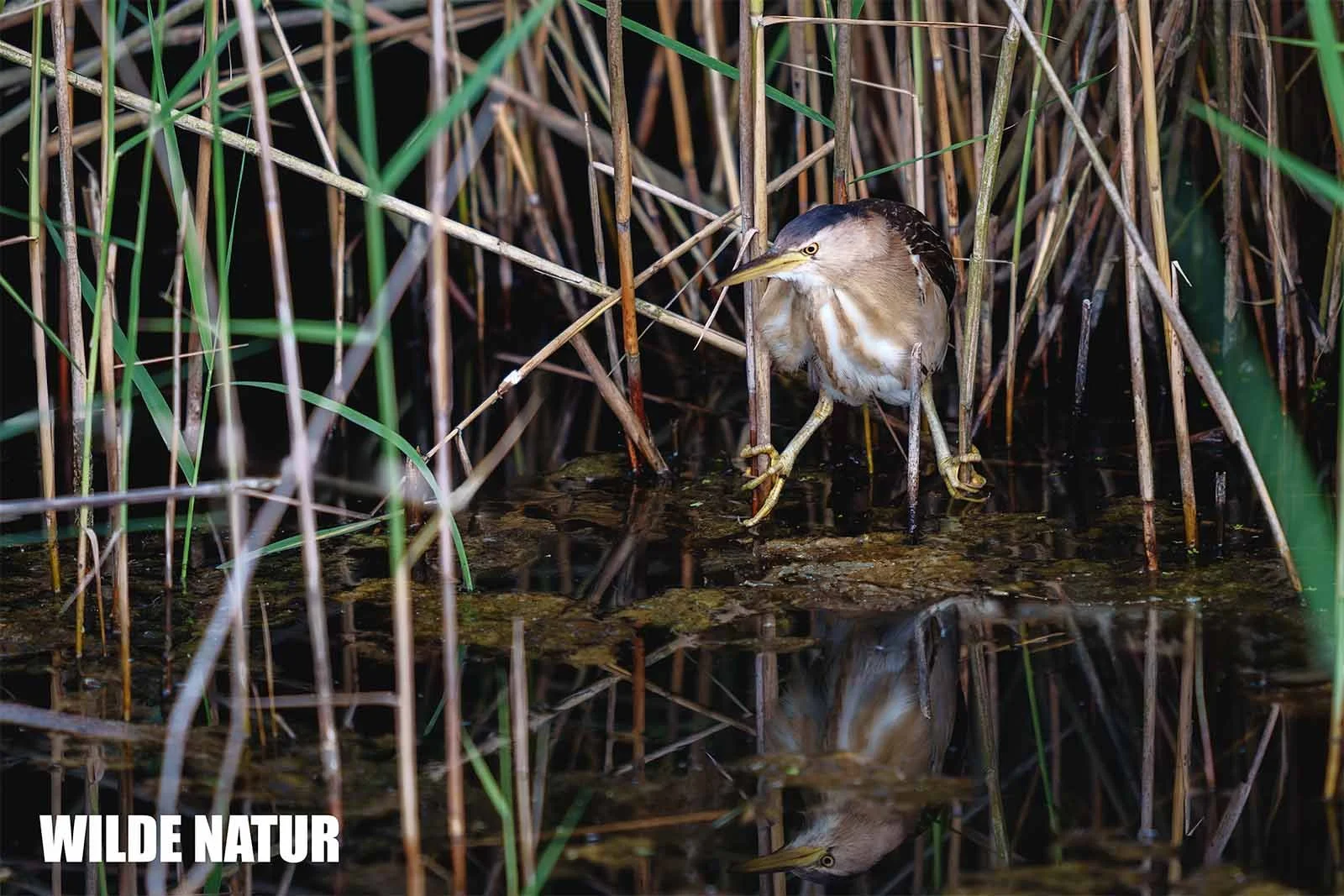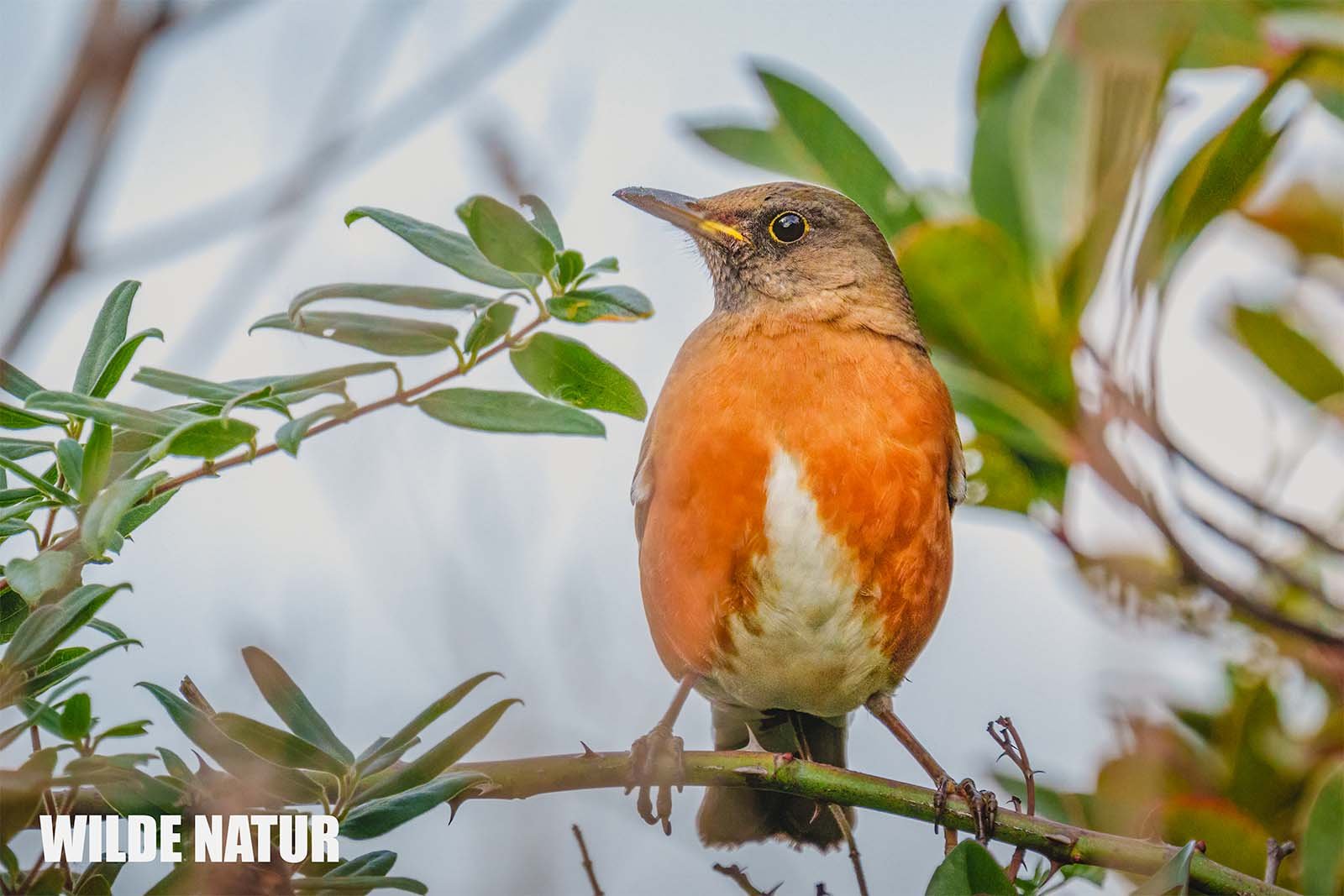Japanese Tit (Parus minor)
Japanese tit perches on a thin branch, on Hokkaido / Japan
Japanese Tit – Agile, Bold, and at Home in Japan
The Japanese Tit (Parus minor) is a common and charismatic bird across Japan’s forests and gardens. Easy to spot, hard to ignore, and full of character.
Shortlist – At a Glance
- Scientific Name: Parus minor
- Common Name: Japanese Tit
- Size: approx. 14–15 cm
- Weight: 15–20 g
- Plumage: Black head, white cheek, light belly
- Bill: Short, pointed, black
- Diet: Insects, spiders, seeds, fruits
- Breeding: 6–10 eggs, cavity nester
- Habitat: Forests, parks, gardens, mountains
- Behavior: Year-round resident, adaptable
- Status: Common, not threatened
Table of Contents
- Introduction
- Appearance
- Habitat
- Diet and Foraging
- Breeding
- Seasonal Behavior
- Conservation Status
- Species Profile
- Conclusion
Introduction
The Japanese Tit is a small, energetic songbird commonly seen anywhere trees grow in Japan. Closely related to the Great Tit of Europe, Parus minor fills a similar ecological role in Japan, replacing its western cousin completely.
Whether in mountain forests, temple gardens, or city parks, this bold little bird is more than just a pretty face — it’s a familiar and highly adaptable species that’s earned its place in daily life.
Appearance – Strong Contrast, Strong Personality
Measuring around 14 to 15 cm in length and weighing 15 to 20 grams, the Japanese Tit is compact and sturdy. Its plumage is cleanly patterned and easy to recognize:
- Head and throat: solid black with a clear white cheek patch
- Back: greenish-gray
- Belly: pale, with a distinct black central line
- Wings and tail: gray with white edges
- Bill: short, straight, black
- Legs: gray and agile
It moves quickly through branches and can even hang upside down to reach food — a skilled and agile climber.
Habitat – Wherever There Are Trees
The Japanese Tit is a non-migratory resident of Japan, found across Honshū, Shikoku, and Kyūshū, but absent from Hokkaidō.
Its habitat is highly varied:
- Deciduous and mixed forests
- Urban parks and temple grounds
- Woodland edges and suburban green spaces
Old trees are especially important as they provide natural cavities for nesting. Even in mountainous areas, the species is present year-round, though it may move to lower elevations in colder months.
Diet and Foraging – A Flexible Omnivore
The Japanese Tit is a generalist feeder that adjusts its diet to the season:
- Spring and summer: mainly insects and spiders
- Autumn and winter: seeds, nuts, and fruits
It searches for food on branches, trunks, or among fallen leaves with remarkable dexterity. In winter, it readily visits bird feeders, especially where human settlements meet wooded areas.
Breeding – Soft Materials, Secure Spaces
Breeding season begins in April and runs through July. The Japanese Tit nests in tree holes, wall cracks, or nest boxes.
The nest itself is crafted from moss, grass, and animal hair, creating a soft, insulated structure. Clutches typically contain 6 to 10 eggs, which are incubated for around two weeks. Both parents feed the chicks. Fledging occurs after 15 to 18 days in the nest.
Seasonal Behavior – Always Nearby
The Japanese Tit is a year-round resident. In harsh winters, some individuals may move to lower altitudes or into urban green spaces, but they do not migrate outside Japan.
Their adaptability means they’re nearly always present in suitable habitats, regardless of the season.
Conservation Status – Stable and Abundant
Parus minor is widespread and not threatened in Japan. Its flexible behavior and tolerance of human presence have contributed to its success — especially in areas where mature trees are maintained.
Conservation efforts should focus on preserving old-growth trees and providing nesting opportunities, particularly in urban and suburban environments.
Species Profile – Japanese Tit at a Glance
| Trait | Description |
|---|---|
| Scientific Name | Parus minor |
| Common Name | Japanese Tit |
| Japanese Name | シジュウカラ |
| Size | approx. 14–15 cm |
| Weight | approx. 15–20 g |
| Plumage | Black head, white cheek, pale belly |
| Bill | Short, pointed, black |
| Diet | Insects, spiders, seeds, fruits |
| Breeding Season | April to July |
| Nest Site | Tree cavities, wall cracks, nest boxes |
| Clutch Size | 6–10 eggs |
| Habitat | Forests, parks, gardens, mountainous regions |
| Year-Round Presence | Resident bird, does not migrate |
| Conservation Status | Common, not endangered |
Conclusion – Small, Smart, and Culturally Rooted
The Japanese Tit is one of Japan’s most familiar yet underrated wild birds. Charming in appearance and agile in movement, it thrives in diverse settings. Its ability to coexist with humans while relying on natural elements like trees and insects makes it a symbol of balance between tradition and adaptation.
If you walk through a wooded park or shrine garden in Japan, don’t be surprised if this little black-and-white bird pays you a visit — it may be common, but it’s anything but ordinary.





















